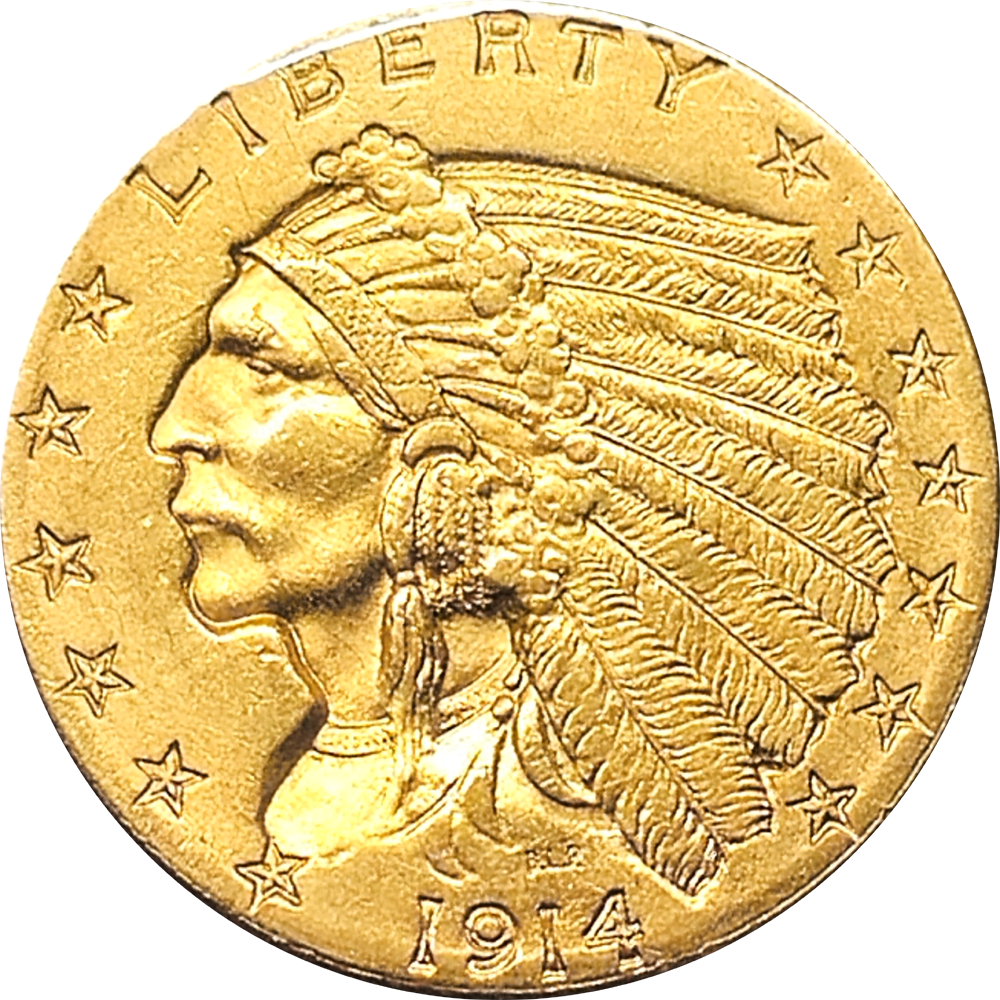The coin production process is a vital aspect of currency creation and dissemination, serving as a bridge between the conceptualization of money and its tangible form. Throughout history, coins have played a crucial role in trade, serving as a medium of exchange and a standard of value. The evolution of coin production reflects advancements in technology and changes in economic practices. They shape the way societies engage with commerce.
At the heart of coin production are two essential components: master hubs and working dies. Master hubs serve as the original prototype used to create coins, ensuring that the designs are precise and replicable. These hubs are meticulously crafted through intricate processes that dictate the final appearance and features of currency. The working dies, on the other hand, are created by transferring the design from the master hub onto steel. These allow for the mass production of coins. This combination of master hubs and working dies creates a system that guarantees the consistent quality and accuracy of produced currency.
A virtual tour of coin production at the Philadelphia Mint

At the heart of coin production are two essential components: master hubs and working dies. Master hubs serve as the original prototype used to create coins, ensuring that the designs are precise and replicable. These hubs are meticulously crafted through intricate processes that dictate the final appearance and features of currency. The working dies, on the other hand, are created by transferring the design from the master hub onto steel, allowing for the mass production of coins. This combination of master hubs and working dies creates a system that guarantees the consistent quality and accuracy of produced currency.

Creating a 3D sculpture of coin design in plaster. Artists create the concept by hand, digital software or a combination of the two from a line drawing. This is called a galvano.
Understanding the fundamentals of coin production, including the roles of master hubs and working dies, sets the stage for a more sophisticated exploration of the techniques and innovations that define contemporary minting. As we delve deeper into these processes, we will uncover the artistry and meticulous engineering that converge to produce the coins that help global commerce.
What are Master Hubs?
Master hubs serve as the foundational elements in the intricate process of coin making, acting as the engraved originals from which working dies are created. These meticulously crafted items play a pivotal role in the evolution of coin production. The production of a master hub begins with a highly skilled engraver, who transfers the design onto a metal disc, often made from a durable material like steel. This first engraving process is critical, as it determines the precision and quality of every future coin produced from the working dies derived from the hub.
The materials utilized in crafting master hubs are selected for their resistance to wear and their ability to keep detail over time. Commonly, the production employs high-quality steel, which undergoes a rigorous treatment to enhance its hardness, ensuring it can withstand the stresses encountered during the die-making process. Precision machinery, including CNC machines(computer numerical control) and laser engraving technologies, are often employed to achieve the intricate designs and fine details that characterize master hubs.

1914 $2.5 Indian Head Gold with recessed design elements produced 1908 – 1929
The designs engraved on master hubs often show the cultural, historical, and artistic values relevant to the coin’s intended purpose. Each element of the design is executed with attention to detail, ensuring that the master hub captures the essence of the final coin. Uniformity is a crucial aspect of coin production, and master hubs guarantee that each working die produces coins that are consistent in size, weight, and artistic characteristics. This high level of uniformity is vital, as it ensures that coins keep their value and authenticity over time. Thus, master hubs not only pave the way for the production of coins but also preserve the integrity of the coinage system as a whole.
The Role of Working Dies in Coin Production
Working dies are an essential part in the coin minting process, serving as the pressing instruments that imprint designs onto metal blanks. These dies are created from master hubs, which are highly detailed models of the intended coin design. The master hub is first produced through a precision process, like engraving or using advanced computer-generated technology. Once the master hub is completed, it is subjected to a die-cutting process that generates working dies. Each working die mirrors the design of the master hub but is intended for multiple uses in actual minting operations.
Milling a hub with a computer controlled machine

The mechanics of how working dies operate hinge on the careful alignment and application of force. When a metal blank is placed between two working dies, hydraulic or mechanical pressure is exerted, forcing the image and text present on the die into the surface of the blank. This results in the formation of a coin that adheres to the specified design. The process is finely tuned to ensure that each design detail is accurately transferred, thereby ensuring the consistency and quality of the minted coins.
One working die can produce thousands of coins, depending on several factors, including the type of metal used, the level of detail in the die, and the minting pressure applied. Over time, working dies can wear down due to the repetitive stress of striking metal, necessitating careful monitoring and maintenance. Some common factors that impact the longevity of a working die include the hardness of the metal, the design complexity, and the frequency of use. Additionally, minting facilities must address various challenges in die production, such as wear resistance and precision engineering, to maintain a consistent output of quality coins.

The result of a broken die; a lump of metal on the broken die side and a hollow on the opposite. This is called a cud.
The Future of Coin Production: Innovations and Sustainability
The evolution of coin production is increasingly characterized by the integration of innovative technologies and a focus on sustainable practices. As the industry progresses, several advancements like 3D printing and artificial intelligence (AI) are set to revolutionize the design and manufacturing of coins. These technologies not only enhance the precision of master hubs and working dies but also streamline production processes, allowing for greater efficiency and flexibility.
3D printing, in particular, has emerged as a transformative force in coin production. This technology enables the rapid prototyping of coin designs, facilitating a collaborative and iterative approach to creating detailed and intricate patterns. Designers can efficiently produce and modify coin samples, significantly reducing the time between concept and production. Moreover, the precision offered by 3D printing ensures that master hubs are crafted with an accuracy that enhances the quality of the final coin output.
Industries are being transformed by 3D printers

Artificial intelligence plays a complementary role in this transformation by supporting predictive analytics and data-informed decision-making. AI algorithms can analyze historical production data to identify patterns, optimize workflows, and anticipate potential failures in the minting process. By implementing AI, manufacturers can enhance both the quality of the coins and their overall operational efficiency.
Additionally, sustainability is becoming an integral component of modern coin production. As environmental concerns rise, the industry is increasingly adopting eco-friendly practices and materials. The use of recycled metals not only minimizes waste but also reduces the carbon footprint associated with sourcing new materials. Furthermore, minting facilities are being designed to minimize energy consumption and waste, creating a more sustainable manufacturer landscape.
And Finally
In conclusion, the future of coin production hinges on the adoption of innovative technologies and sustainable practices. The melding of 3D printing and AI presents an opportunity for manufacturers to enhance precision and efficiency, while environmentally conscious methods ensure that the industry remains viable for future generations.